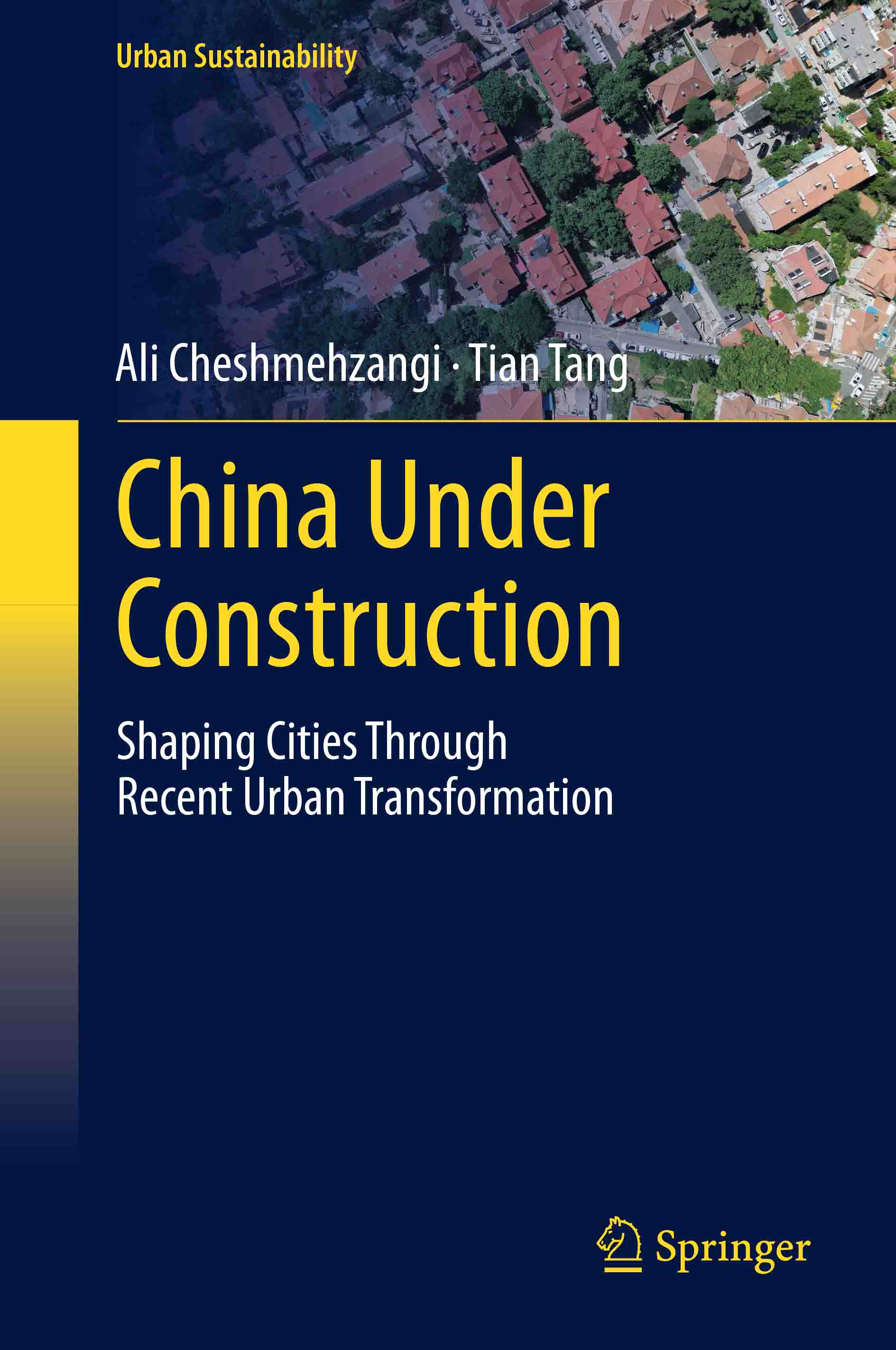China is reshaping its cities through a dynamic interplay of policy reforms, technological advancements, and creative planning. A new book co-authored by Professor Ali Cheshmehzangi and independent researcher Tian Tang explores this interplay, investigating the complex process of urbanisation in China.
China Under Construction: Shaping Cities Through Recent Urban Transformations is the third in a collection of books by Professor Cheshmehzangi and Tang that look at urbanisation in China, as part of Springer’s Urban Sustainability series. This new volume delves into China’s recent progress in reshaping its cities through holistic urban transformation strategies. It also provides a thorough analysis of how cities are not only constructed but also continuously changing due to factors such as social, economic and environmental demands.
“The topic of ‘China under construction’ prompts the interrogation of ideas about the positioning of urban transformations, fast urbanisation and urban development models,” said Professor Cheshmehzangi, Head of the School of Architecture, Design and Planning at UQ and Editor-in-Chief of Springer’s Urban Sustainability series.
“There is enough evidence to argue that architecture, design and planning continue to shape, reshape and reinvent our living environments in both urban and non-urban areas.”
The authors explain that the late 20th and early 21st centuries have seen a sharp increase in urbanisation in China, demonstrated by the large-scale migration of people from rural to urban areas, the growth of megacities, and the emergence of new urban centres. However, alongside rapid urban growth are persistent concerns like environmental degradation, social inequality, and cultural heritage preservation.
Following an overview of the historical background that led to China’s urban boom, the book investigates how these concerns are being addressed through ten in-depth case studies of cities that have undergone significant recent change.
The case studies include, but are not limited to, Zhengzhous (transformation from an ancient capital to a logistical and economic hub), Chongqing (navigating rapid urbanisation and regional development challenges), Qingdao (a coastal city redemption with harmonising growth and sustainability), and Ningbo (urban connectivity through aspirational opportunities).
The blending of the old and the new is a recurrent theme among the case studies, highlighting the careful balance required when developing a nation with a history as complex as China’s. The authors examine how urbanism strategies can create cities that are both functional and representative of China’s rich cultural legacy, by combining traditional practices and modern methods.
“It is our hope that … readers will have a better understanding of the intricate dynamics of urban transformation in China and how these changes are influencing not only the cities but also the lives of those who live there,” the book’s prologue reads.
“China’s urban narrative is still being written … This book is only one part
of an ongoing story that aims to map out and examine the processes of building
tomorrow’s cities in one of the fastest-growing countries in the world.”
This book follows China’s City Cluster Development in the Race to Carbon Neutrality (2022) and 30 Years of Urban Change in China’s 10 Core Cities (2024), both by Professor Ali Cheshmehzangi and Tian Tang.
Visit the Springer website to access the books or for more information.




